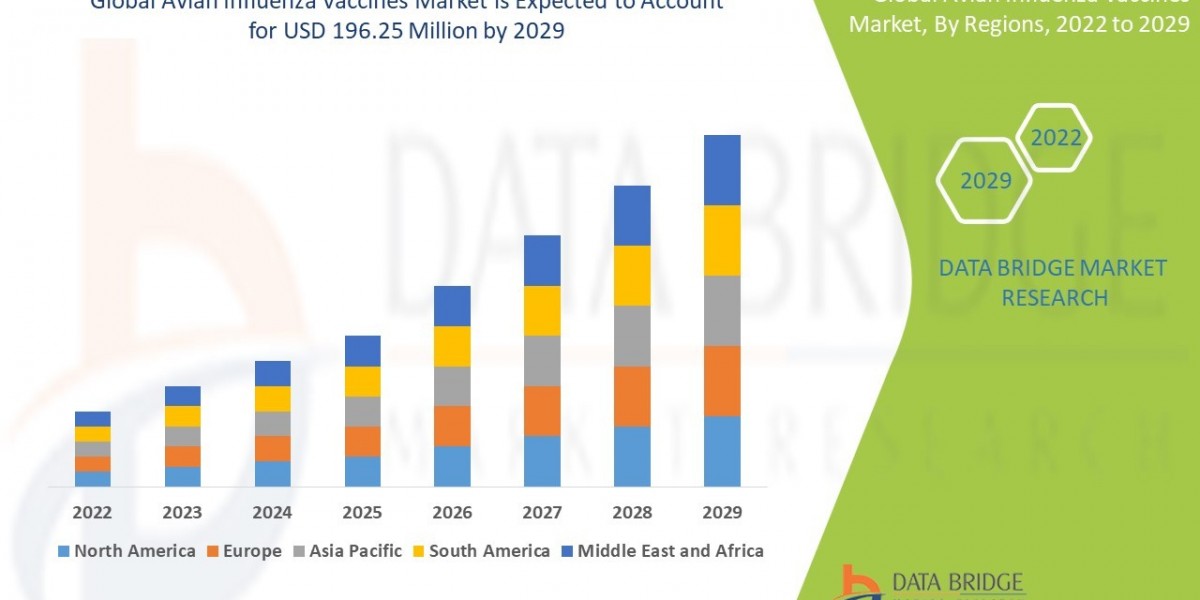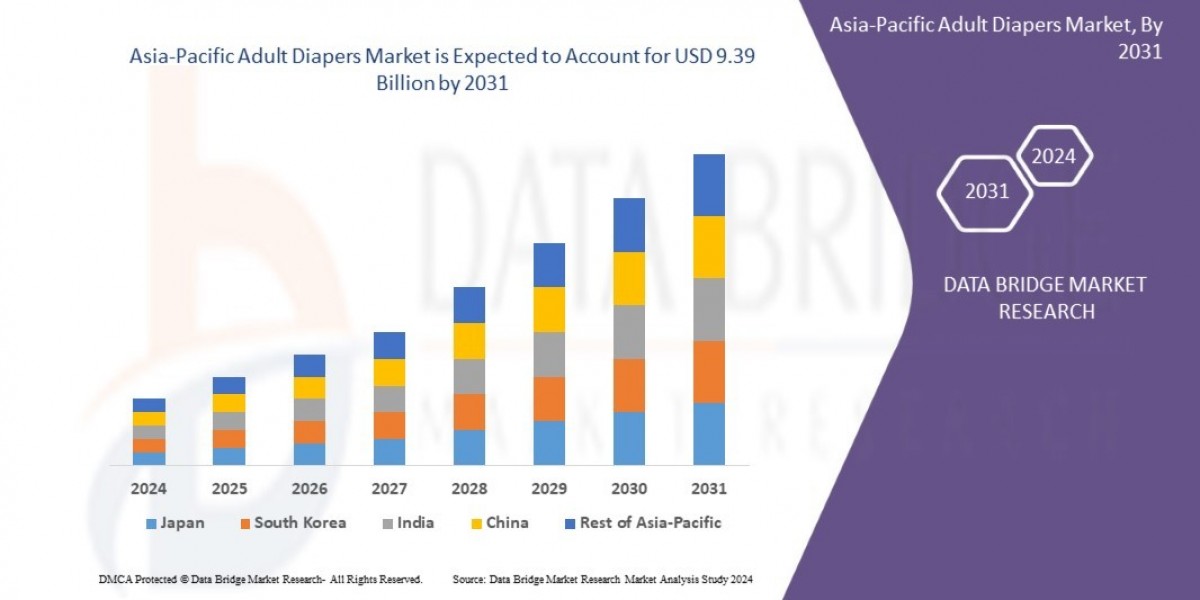Global Commercial Security Market: An Overview
The global commercial security market is undergoing a significant transformation, driven by the convergence of physical and cybersecurity, the integration of advanced technologies like AI and IoT, and a proactive shift towards predictive analytics. Businesses are increasingly recognizing security not just as a cost, but as a strategic advantage for operational resilience and efficiency.
Market Size: The global commercial security system market is estimated to be valued between USD 273 billion and USD 321 billion in 2025. Projections indicate substantial growth, with forecasts suggesting it could reach approximately USD 381 billion to USD 588 billion by 2030-2034, at a Compound Annual Growth Rate (CAGR) typically ranging from 8.7% to 11.4% during the forecast period.
Market Growth Drivers:
Rising Crime Rates and Security Concerns: An increase in organized crime, theft incidents, and terrorist threats globally is a primary driver for enhanced commercial security solutions. Businesses are investing in robust systems to protect assets, operations, and personnel.
Technological Advancements: The rapid integration of Artificial Intelligence (AI), Machine Learning (ML), Internet of Things (IoT), and cloud-based technologies is revolutionizing commercial security. These advancements enable real-time monitoring, predictive threat detection, automated responses, and remote accessibility, making systems more effective and appealing.
Convergence of Physical and Cybersecurity: As more security systems connect to the internet (IoT devices, surveillance systems, smart locks), the line between physical and cyber threats blurs. This necessitates integrated solutions that protect both physical assets and digital infrastructure
Increasing Adoption of Integrated Security Solutions: Businesses are moving away from standalone systems towards integrated platforms that combine CCTV, access control, intruder alarms, and fire protection. This offers centralized control, improved efficiency, and better compliance.
Growth in Commercial Real Estate and Infrastructure Development: Expanding commercial spaces, including offices, retail stores, warehouses, and the development of smart cities, are fueling the demand for comprehensive security systems.
Demand for Smart and Biometric Access Control: The rise of hybrid work models and the need for more secure and flexible access are driving the adoption of smart access control systems, including biometric scanning (fingerprint, facial recognition) and mobile credentials.
Lower Hardware Costs and Simplified Installation: Decreasing costs of high-performance cameras and simplified installation procedures are making advanced security solutions more accessible to Small and Medium-sized Enterprises (SMEs), expanding the market footprint
Regulatory and Compliance Requirements: Tightening regulations and compliance mandates across various industries are pushing businesses to invest in robust security measures.
ESG (Environmental, Social, and Governance) Considerations: Businesses are increasingly considering ESG factors in their purchasing decisions, favoring security systems that offer energy efficiency (e.g., low-energy LED CCTV cameras) and contribute to corporate responsibility.
Market Trends in 2025:
AI-Powered Surveillance Going Mainstream: AI-powered CCTV systems are becoming essential, actively analyzing footage in real-time to detect suspicious behavior, identify unauthorized access, and provide instant alerts, significantly reducing human error.
Integrated Security Solutions as the Standard: The consolidation of various security systems (CCTV, access control, alarms, fire protection) under a single, unified platform for holistic management.
Smarter and More Secure Access Control: Evolution from traditional keycard systems to biometric scanning, mobile credentials, and cloud-based management, offering greater flexibility and security.
Cloud-Based Security Management: Increasing adoption of cloud solutions for scalability, flexibility, remote access, real-time insights, and centralized control without on-site hardware maintenance.
Shift from Video Surveillance to "Visual Intelligence": Moving beyond basic monitoring to combining video capture with advanced analytics for real-time data, actionable insights, and improved situational awareness.
IT-OT-Security Convergence: Merging of information technology (IT) and operational technology (OT) systems for a more comprehensive approach to vulnerabilities and interconnected networks.
Platform Aggregation and Managed Security Services: Rise of SaaS, HaaS, and DaaS models, aggregating data from multiple systems into single platforms for comprehensive insights, often outsourced to trusted security experts.
Advanced Detection Technologies: Growth in radar-based systems, next-generation sensors, weapons detection, perimeter security, and intelligent audio detection to improve threat identification and response times.
Emphasis on Proactive Monitoring: 24/7 monitoring via dedicated Alarm Receiving Centres (ARCs) is becoming critical for immediate incident response
Prioritization of Fire Safety: Continued investment in smart fire detection, automated evacuation alerts, and integrated fire and security systems.
Market Share and Key Players:
While specific market share percentages for 2025 are still emerging, the competitive landscape is dominated by a mix of established security giants and technology innovators.
Leading Players: Companies consistently recognized as major players include:
Honeywell International Inc.
Siemens AG
Johnson Controls International plc
Bosch Security Systems Inc.
ADT Inc.
ASSA ABLOY AB
Hikvision Digital Technology Co. Ltd.
Dahua Technology Co. Ltd.
Axis Communications AB
Idemia
Thales
Cisco Systems Inc. (especially in integrated network security)
Regional Contributions: North America continues to hold a significant market share (e.g., 33.8% in 2024 for the broader security market), driven by advanced infrastructure and high security awareness. Asia-Pacific is projected to be the fastest-growing region, fueled by rapid urbanization, infrastructure development, and increasing security concerns in countries like China and India.
Segment Share: Video surveillance systems and access control systems are typically the largest segments by type, driven by the increasing demand for real-time monitoring, high-resolution imaging, and smart analytics. Services (installation, maintenance, monitoring, consulting) are also a highly lucrative and fast-growing segment.
The commercial security market is on a trajectory of significant expansion, fundamentally changing how businesses protect their assets and people through smart, interconnected, and predictive solutions.
Related Reports:
US 3D Motion Capture System Market







